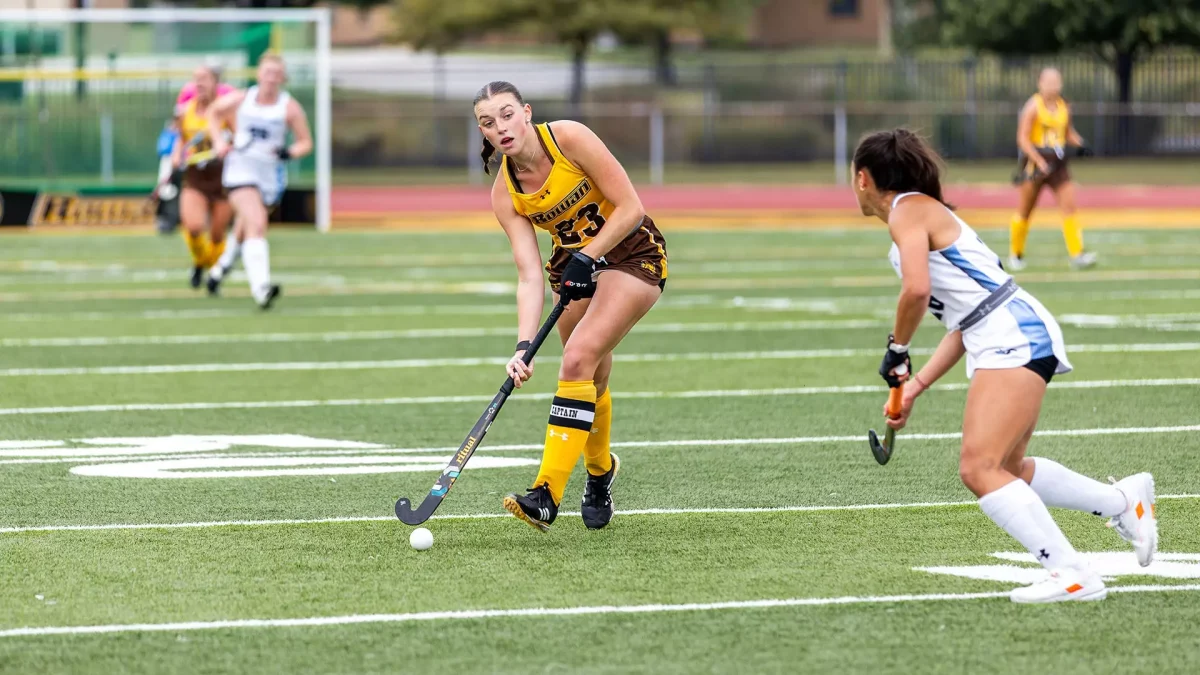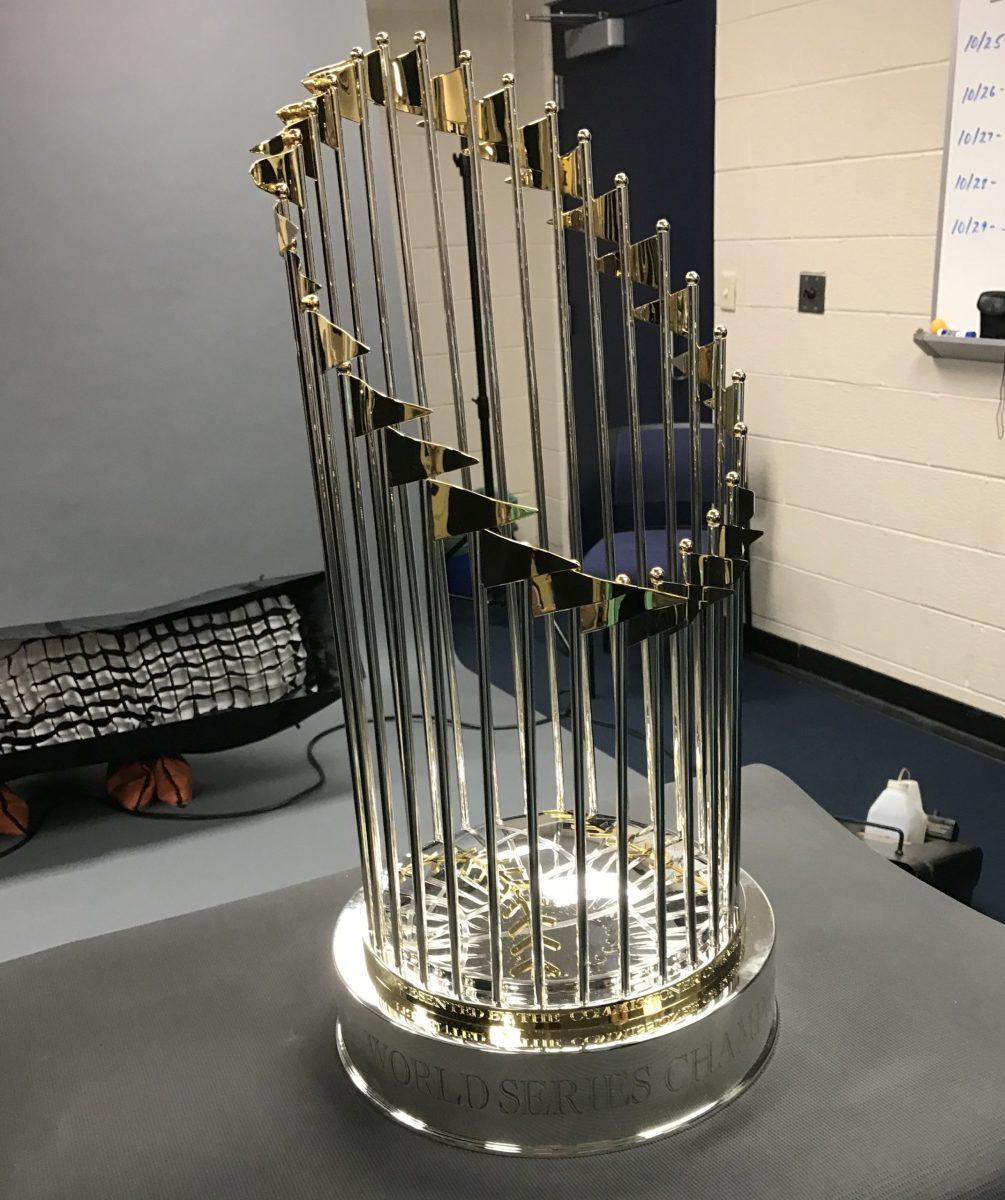From March all the way through the summer, who would have thought that we would finally crown a MLB World Series champion?
After multiple COVID-19 outbreaks throughout the season, it finally concluded last week in an epic showdown between the Los Angeles Dodgers and the Tampa Bay Rays, the two number one teams in the league.
The Dodgers, in the midst of a 32-year World Series drought, were the best team in the National League and have been for quite some time. They finished 43-17 in this shortened MLB season and put on a show in the World Series.
The Dodgers beat the Rays in six games, even though it probably should have gone to a winner-take-all game seven.
The Rays have been phenomenal for the entire 2020 season and by far the best team in the American League. They came 27th out of 30 MLB teams in payroll and became the team to root for in the playoffs.
They finished an astounding 40-20 and made it all the way to the World Series after beating their division rivals Toronto Blue Jays and New York Yankees, then finally topping baseball’s enemy, the Houston Astros.
The Rays accomplished all these things with their highly analytical approach to the game. Their roster mostly consisted of castoffs from other teams, including rookie Randy Arozarena who set multiple playoff records this season.
Part of this approach includes the idea of not letting the starting pitcher face the other team’s batters more than twice. For the most part, on paper, this strategy works.
As Dodgers superstar outfielder Mookie Betts came to the plate for the third time in Game 6, Rays Manager Kevin Cash decided to pull starting pitcher Blake Snell from a game that he was, for lack of a better term, dealing in. The Rays were up 1-0 and Snell had been excellent; he racked up nine strikeouts in 5.1 innings and had only allowed two hits while throwing 73 pitches.
Until this point, hitters Betts, Corey Seager and Justin Turner accounted for six of Snell’s nine strikeouts and had totaled zero hits against the Rays’ lefty.
The Rays brought in their top reliever Nick Anderson to face Betts and the top of the Dodgers lineup. Right on cue, Betts hit a double down the left field line, scoring the runner on first, and immediately advanced to third base with one out on a wild pitch. Seager would then hit into a fielder’s choice, which scored Betts, and just like that the Dodgers were up 2-1.
That is all the Dodgers would need; they went on to win the game 3-1 and the series 4-2.
So why did Cash have such a quick hook with Snell? The analytics said it was time to take him out.
There is a ton of back and forth between new-age baseball people and baseball traditionalists about the role of analytics in the game, and for good reason. Some things seem good on paper, but don’t pan out in person.
We can argue the effectiveness of analytics, but it really isn’t that much of an argument. The two most analytically-driven teams in the MLB are the two best: the Dodgers and the Rays. Analytics definitely have a place in the game but need to be executed correctly in order to work in practice.
The eye test as I was watching Game 6 on Tuesday night told me that there was no reason Snell should have been pulled in that situation. Cash decided to stick with what had gotten them to this point: the analytics.
Cash looked at a sheet of paper and made the decision that might have cost the Rays a World Series title.
It’s easy to kill Cash for this decision now, but in the moment it really did seem like a terrible decision. Who knows if the Rays would have held on had they left Snell in to face the Dodgers lineup for a third time? It was only 1-0.
We can only wonder now.
For comments/questions about this story, email [email protected] or tweet @TheWhitOnline.

























































































































































!["Working with [Dr. Lynch] is always a learning experience for me. She is a treasure,” said Thomas. - Staff Writer / Kacie Scibilia](https://thewhitonline.com/wp-content/uploads/2025/04/choir-1-1200x694.jpg)










































